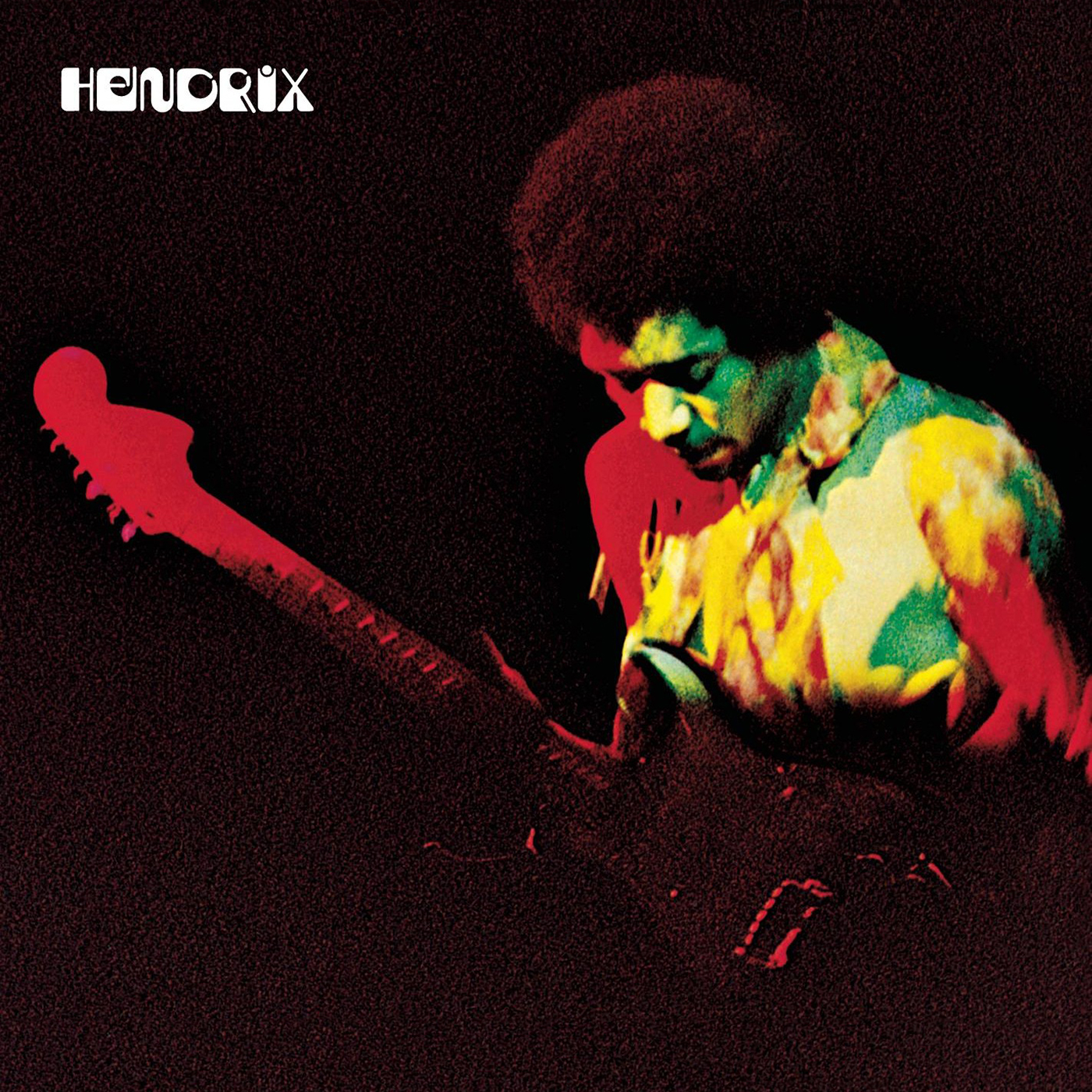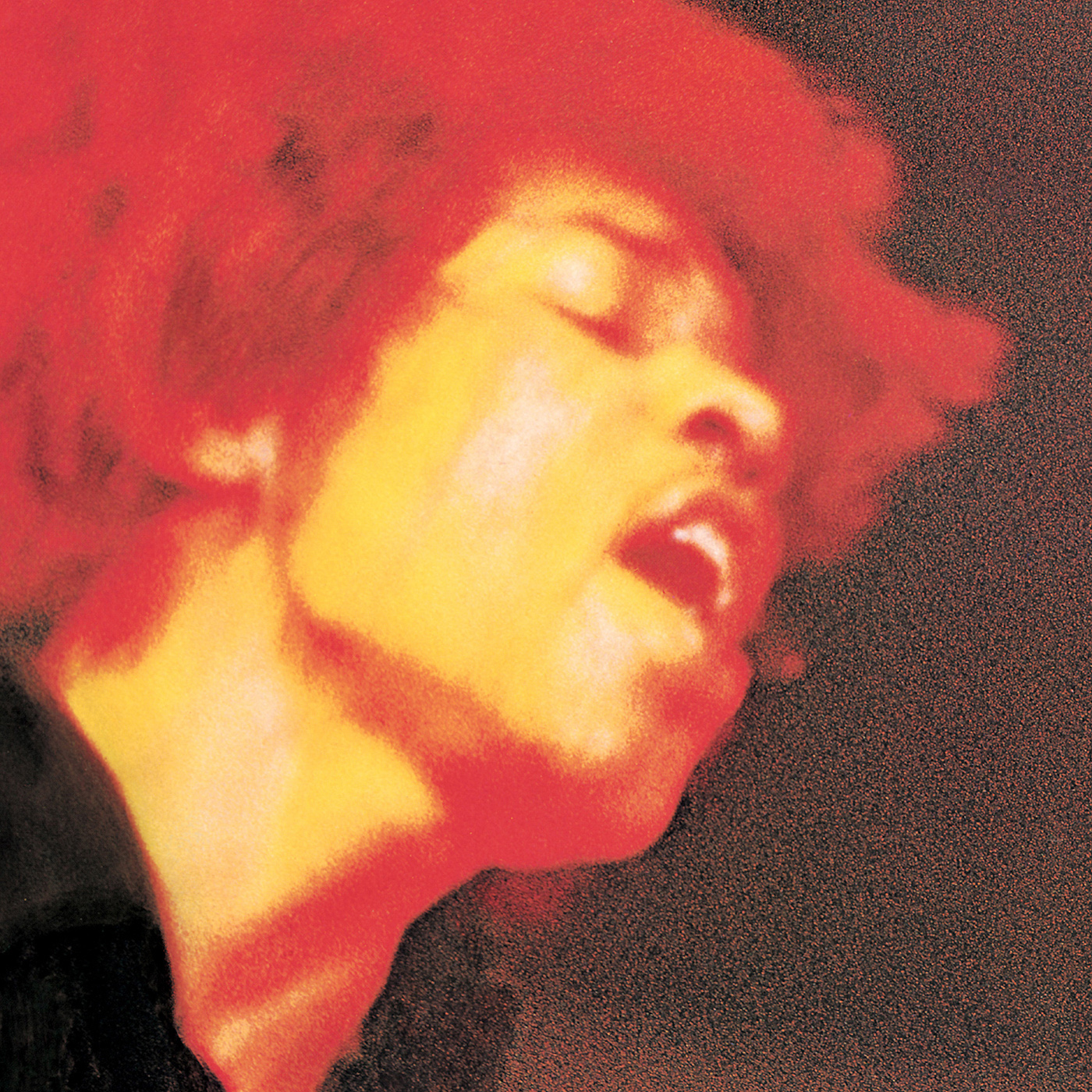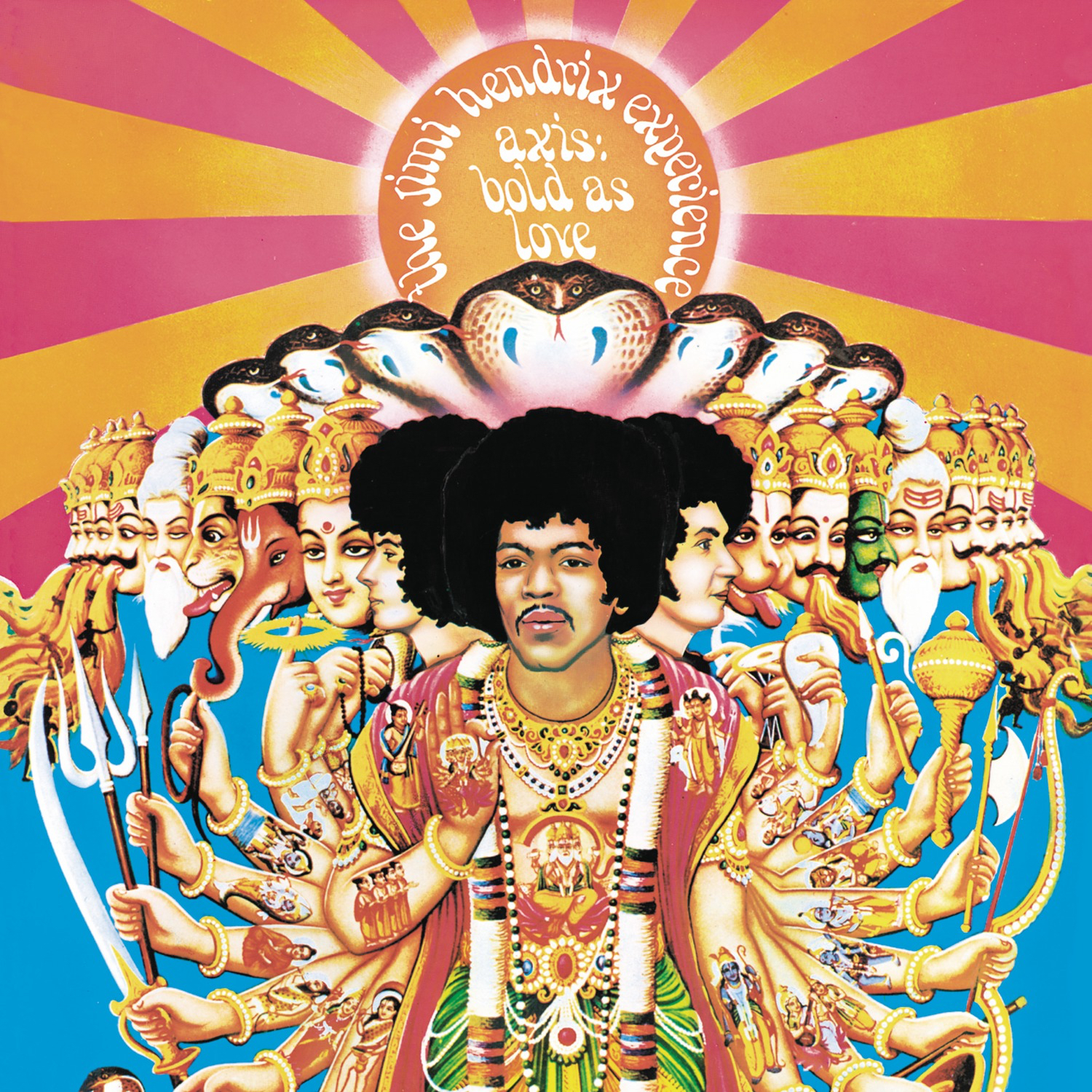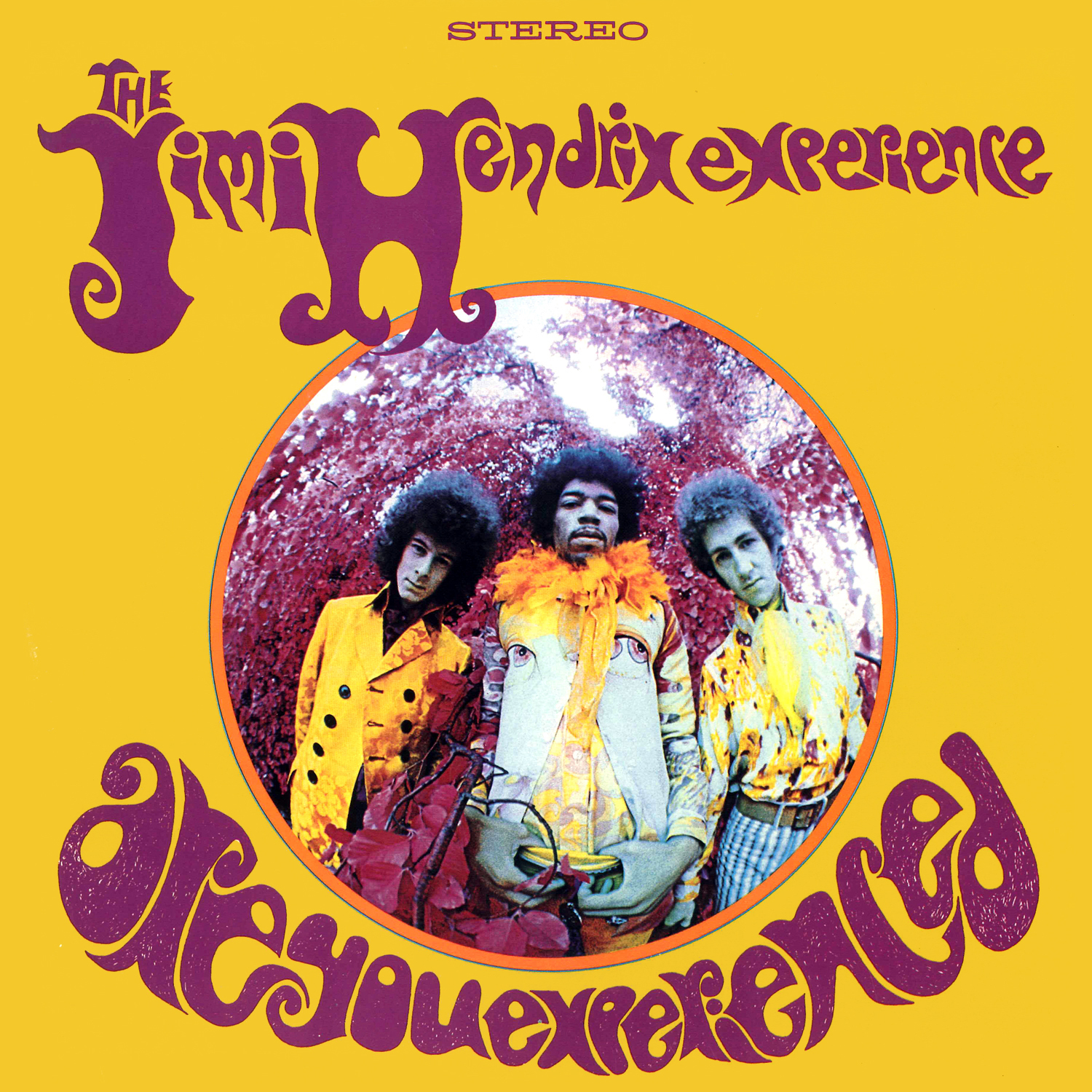Listen Now
Join us as we switch up the format a little bit, and comment on the album directly as we play through it. Episode 79 finds Light the Sky talking about Hendrix’s live album “Band of Gypsys.” As we don’t usually cover live material, is this album important enough to warrant the attention? How does the new band fit with where Jimi is going? Mark, Chris and Kevin listen to the album live to discuss and debate. Now streaming live, join us Sunday Nights 7PM Central Time at twitch.tv/lightthesky
Subscribe, Rate, and Review:
Quick Reviews
Mark A lot to appreciate in terms of the direction he is taking in terms of the funk rock movement, and there’s a pioneering feeling to this record.
Chris A good live album, but not my favorite live Hendrix album by any means. Other live albums capture the experience a bit better.
Kevin I’m not a huge “live album” guy, but this one was an enjoyable listen overall. Other than a few songs, maybe not something I will come back to, but adequately captures a moment in time.
Love It or Flush It
No Love It or Flush It this week – we decided to go to a different format for this live album.
Love It or Flush It Legend
L = Love. As many as you like.
F = Flush. Must flush at least one track per album.
B = Buy. Purchased for the ultimate LTS “Best Of” playlist for each of us. One per album.
T = Terminate. Should have never even existed. One per album.
The Rules
Each of us must Love, Flush, Buy, and Terminate AT LEAST ONE track on an album, no matter how great or terrible the album is. Whoever wins the “7 for the Buy” section gets an extra Buy or Terminate to use on the album. Because Chris hosts this section and thus cannot win, he gets an extra Buy or Terminate every 4 albums.
Album Information
Band of Gypsys is a live album by Jimi Hendrix and the first without his original group, the Jimi Hendrix Experience. It was recorded on January 1, 1970, at the Fillmore East in New York City with Billy Cox on bass and Buddy Miles on drums, frequently referred to as the Band of Gypsys. The album mixes funk and rhythm and blues elements with hard rock and jamming, an approach which later became the basis of funk rock. It contains previously unreleased songs and was the last full-length Hendrix album released before his death.
After his appearance at Woodstock with an interim group that included Cox, Hendrix began developing new songs and recording demos. When Miles became involved, he and Cox agreed to record a live album with Hendrix to be used to settle a contract dispute with a former manager. The new material, influenced by Cox’s and Miles’ musical approaches, signals a new direction for Hendrix. Songs such as “Power of Soul” and “Message to Love” (originally “Power to Love” and “Message of Love”)[a] still maintain the dominant role of Hendrix’s guitar, but show funk and R&B influences. Lyrically, they also explore new, more humanistic themes for Hendrix. The two numbers written and sung by Miles bear the stylings of soul music. The anti-riot/anti-war “Machine Gun“, draws on Hendrix’s earlier blues aspirations, but incorporates new approaches to guitar improvisation and tonal effects.
As the album’s producer, Hendrix had a difficult time completing the task. Presented with the sometimes problematic recordings and resigned to turning it over to a different record company, Hendrix expressed his dissatisfaction with the final product. Shortly after its release, Band of Gypsys reached the top ten of the album charts in the US and UK as well as appearing in charts in several other countries. Although it was as popular as his albums with the Experience, it received mixed reviews. Some faulted the performances as tentative and underprepared; additionally, Miles’ contributions on drums and vocals have been characterized as plodding and obtrusive. However, “Machine Gun” is generally regarded as the album’s highlight and one of Hendrix’s greatest achievements. The influence of Band of Gypsys is heard in the funk rock developments of the 1970s and has been cited as an inspiration by various later rock musicians. Reissues of the album on compact disc included three extra songs recorded during the Fillmore East shows, and additional material has been released on later albums.











